LV phase at <8°C
Gel viscosity at >13°C
Composition:
– Heterologous type I and III collagen gel
– Thermogelling synthetic biocompatible copolymer
Packaging:
Syringe: 0.5 cc, 1.0 cc
Available only in combination with OsteoBiol® Gen-Os® and Apatos 0.5 g, 1.0 g
Characteristics
The purpose of TSV Gel is to provide mechanical stability to bone substitutes and barrier membranes. TSV Gel is sterilized by Gamma irradiation and is radio-transparent. It contains heterologous type I and III collagen gel with polyunsaturated fatty acids diluted in aqueous solution containing a biocompatible synthetic copolymer that gives TSV Gel thermo-reversible and thermo-gelling properties.
At low temperature (4°C) the gel is relatively flowable and easy to mix and manipulate with the graft but it becomes more viscous when in situ and exposed to body temperature.
Handling
TSV Gel must be refrigerated for at least 20 m minutes at 4°C before use, in order to reach the low viscosity (LV) phase, which makes it easier to mix with Gen-Os® or Apatos. At room temperature, the product remains at LV phase for few minutes. whereas once in situ its viscosity quickly increases with body temperature. TSV Gel in LV phase can be used instead of saline for hydrating and mixing with Gen-OS® or Apatos. The result will be a sticky mixture easy to place and extremely stable once in situ.
TSV Gel can also be applied to the rough side of the Evolution membrane to stabilize it during graft covering and whilst suturing.
Clinical Information
TSV Gel can be used in GBR procedures with OsteoBiol® bone substitutes and membranes to enhance graft stability. The viscosity reached by TSV Gel at body temperature improves the stability of Gen-OS® or Apatos and has proven particularly beneficial in cases where there is little bony support around the defect i.e. lateral augmentation, sockets with a compromised buccal wall, dehiscences and periodontal two and one wall defects. Additionally, the viscosity of OsteoBiol® TSV Gel improves the stability and handling of Evolution membranes, particularly during the delicate phase of flap closure.
The above clinical information is based on the experience of expert surgeons.

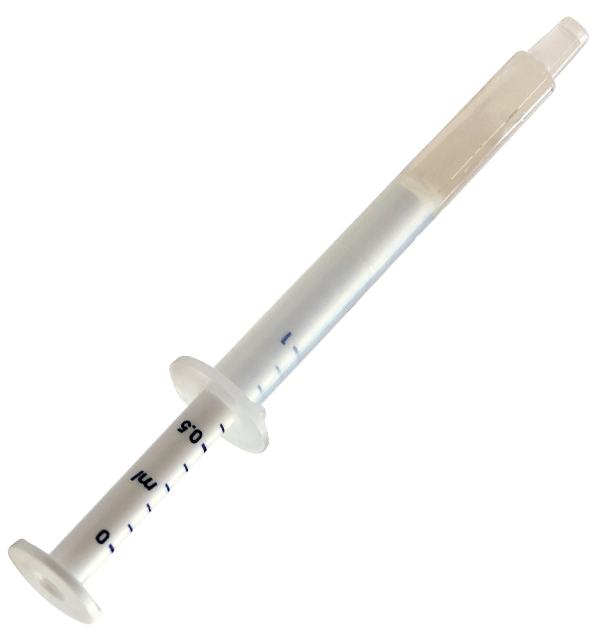
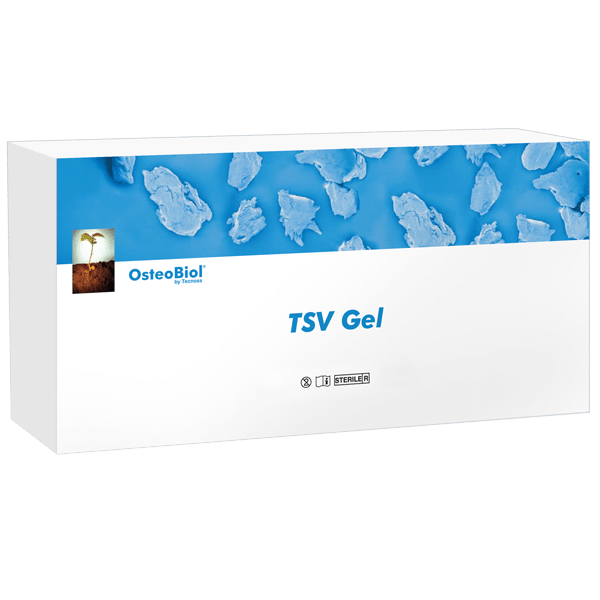
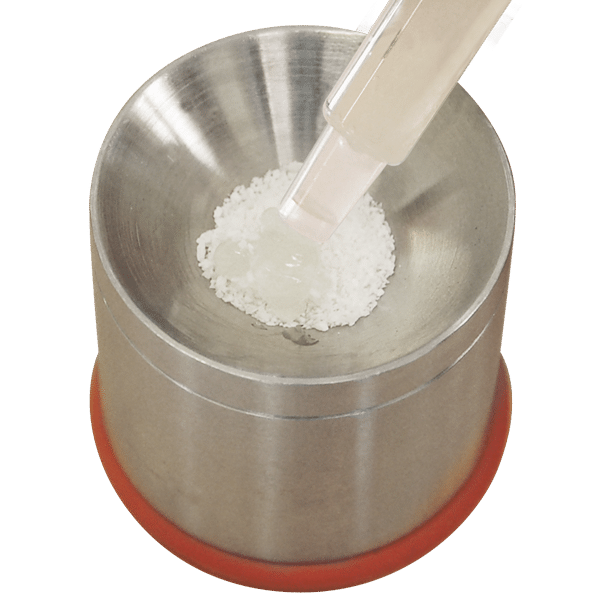
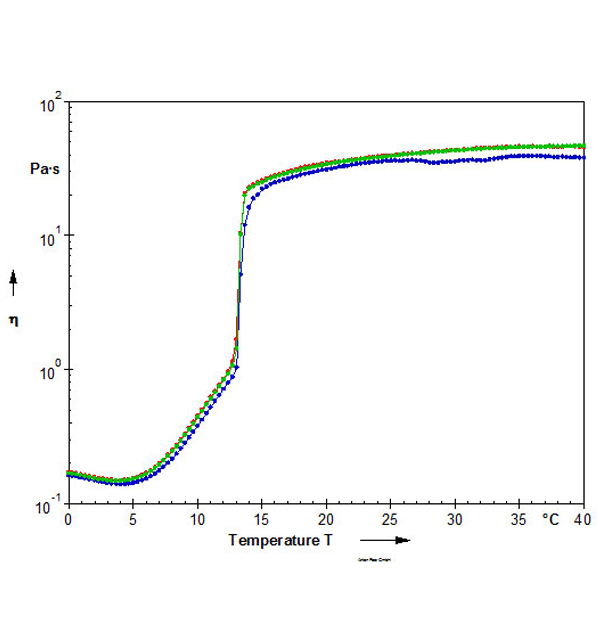


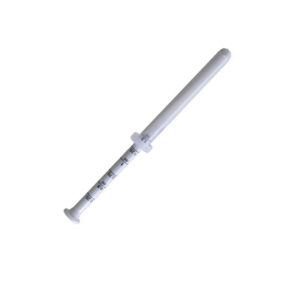

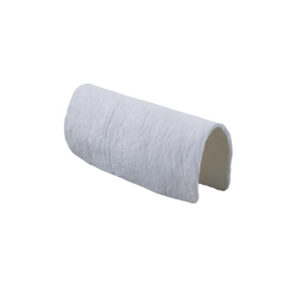

Ancora non ci sono recensioni.